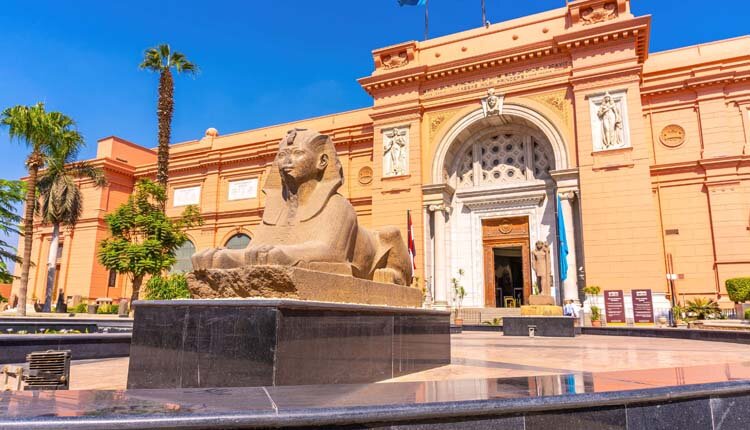In celebration of its 121st anniversary on November 15th, the Egyptian Museum in Tahrir is hosting a temporary archaeological exhibition titled “Antiquities from Giza to Tahrir.”
The exhibition started on 19 November and runs till the end of November- Along with a range of educational and artistic activities to mark the occasion.
Egyptian guides will accompany visitors on informative tours of the exhibition to introduce them to its concept and exhibits.
Educational guided tours for school children from various educational stages will also be conducted to shed light on the history of the Egyptian Museum and its most important pieces and exhibits.
The museum’s cultural and educational department will host an artistic performance in ancient Egyptian attire to welcome visitors.
Additionally, a series of scientific lectures titled “The History of the Egyptian Museum” will be presented by Dr. Lotfy Abdel Hamid, the museum’s Deputy Director for Antiquities and Scholars.
Ali Abdel Halim Ali, the General Director of the Egyptian Museum, said that the exhibition features a collection of tools and equipment used in the process of transferring antiquities from the Egyptian Museum in Tahrir to the Grand Egyptian Museum.
The Museum’s historical background:
The idea for the museum’s establishment was initially proposed by the French Egyptologist Auguste Mariette in 1858.
Khedive Ismail approved the project to establish a museum for Egyptian antiquities that in 1863.
The first location chosen was Boulaq, but the antiquities collection was later moved in 1891 to Ismail Pasha Palace in Giza before finally being transferred to its current location at the Egyptian Museum in Tahrir.
On November 15, 1902, Khedive Abbas Helmi II officially inaugurated the Egyptian Museum, which now houses the world’s most extensive collection of antiquities representing all stages of ancient Egyptian history.
The museum consists of two main floors, with the first floor displaying heavy antiquities such as coffins, paintings, and statues arranged according to historical sequence.



